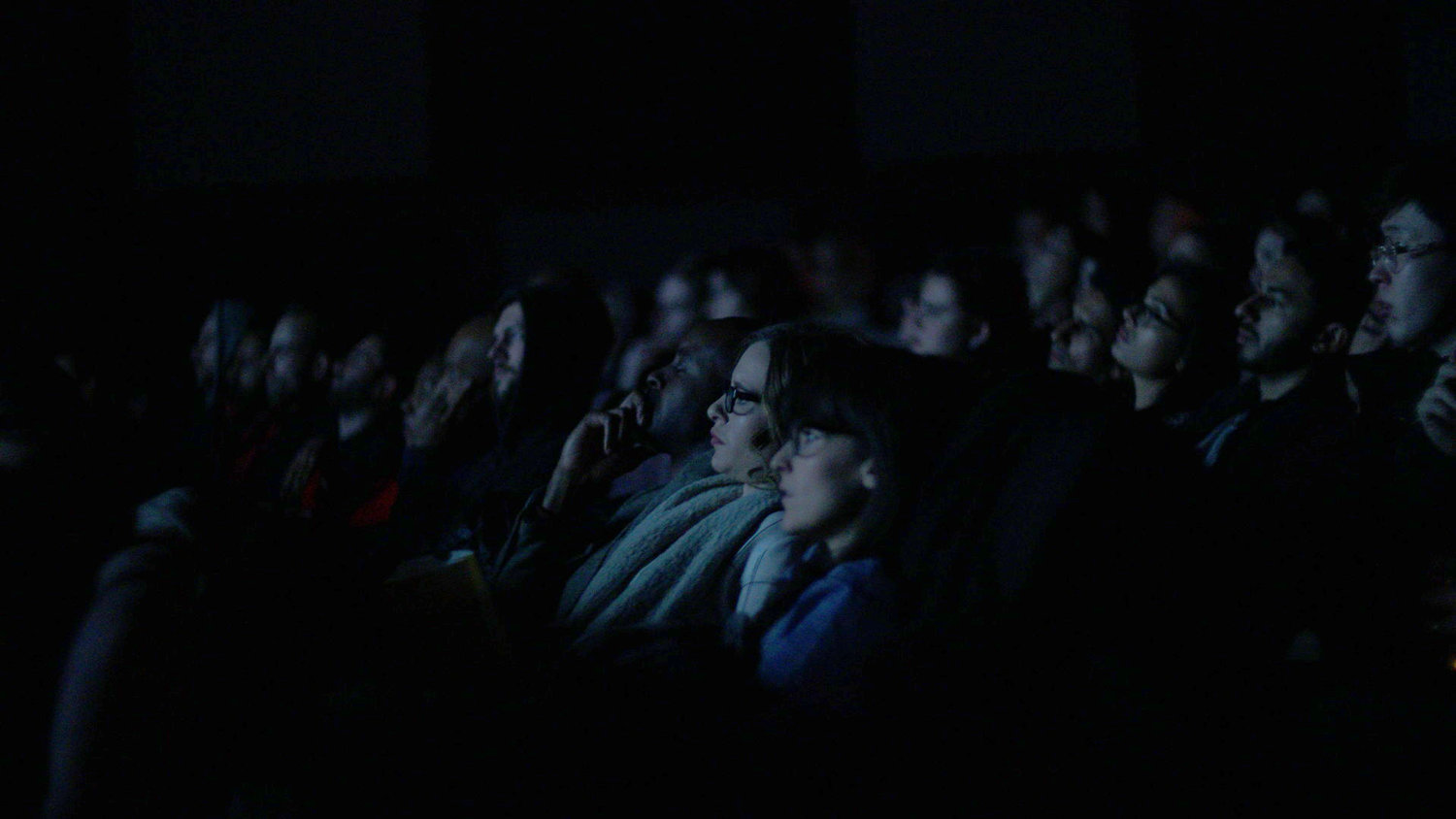How Students from Uruguay made an Award-Winning Short Film for $2000
Clara Lezama’s short film ‘Emma’ screened at a host of South American festivals, including Festival Internacional de Escuelas de Cine & Festival Piriápolis de Película, winning best Uruguayan Short Film at both. ‘Emma’ came to Pendance for its North American Premiere on December, 15, 2017 and was awarded the Jury Prize for Best Short Film.
After the screening of ‘Emma’, we introduced Clara to the audience and everyone seemed to have one question — “Was that seriously a micro-budget student film written by a 19-year old?” Have you ever heard 420 people audibly gasp in unison? It was chilling. After years of spinning our own theories on how Clara, her cinematographer Karen Antunes, and fellow students from Escuela de Cine del Uruguay managed to pull this off, we decided to just ask her.
If you haven’t seen Emma, you can watch the full film for free on The Pendance Library here.
>
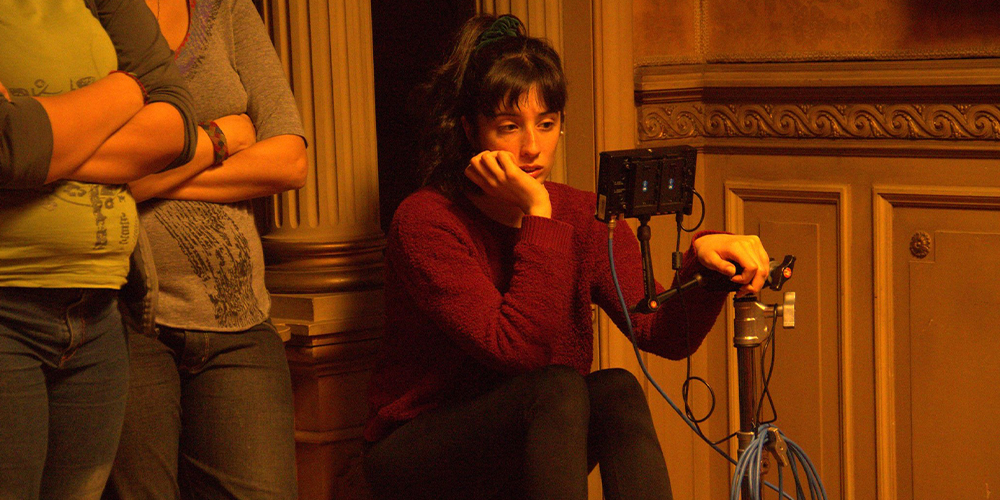
CLARA LEZAMA Q&A
Thanks so much for doing this. Firstly, how are you and how is the situation with the COVID-19 pandemic in Uruguay?
The situation here was under control until December when the number of cases started to rise and we reached ‘Level 4’. I work at the cinema and my job was interrupted for six months. Now we’re back –with preventive sanitary measures- but things are very unpredictable (like everywhere I guess).
What advice would you give to any filmmaker who can’t decide whether or not they want to go to film school? Pros? Cons?
I think it depends on the school, its approach, teachers, and what it can offer to you. Personally, I think it was nice to have the guidance of my teachers (most of them actively work in movies). Then I think it’s up to the student to make the best of it.
You wrote ‘Emma’ when you were 19 years old. And yet it feels ‘mature’. It doesn’t suffer from excessive dialogue or rushed pacing. Where did this story come from and how were you (at 19-22) able to tell it?
I think it all came from what was going on in my mind those days. The idea of isolation, mental states and altered reality was very attractive to me. I guess my anxiety was my inspiration. My goal was to create a certain atmosphere and I thought that dialogue wasn’t the way to achieve that. I was interested in letting the audience create its idea of what exactly is happening, I focused on the feeling.
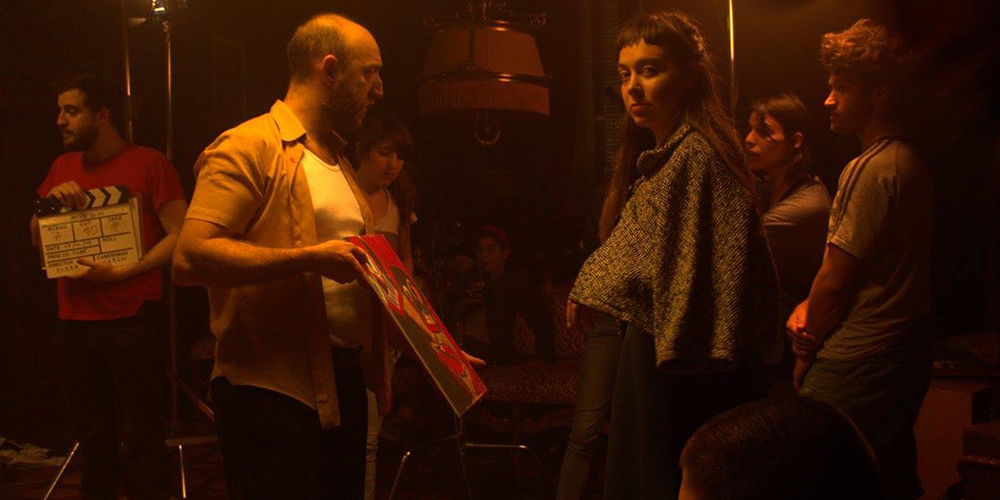
We’ve had a lot of people mention the visual and narrative similarities between ‘Emma’ and Kubrick’s ‘The Shining’ and David Lynch’s ‘Eraserhead’… In that they take place in these immaculate locations, warmly lit, as a paranoid character quietly seems to lose their mind. Was ‘Emma’ visually or narratively inspired by those films, or other films?
Wow, those are big great films. Lynch’s work is very inspirational to me all the time. For ‘Emma’ my primary inspiration was Polanski’s apartment trilogy but of course other films inspired me in other ways like Zulawski’s Possession, Suspiria (Dario Argento), Barton Fink (Cohen Brothers) or 3 Women (Robert Altman).
There’s a very warm colour palette with reds and yellows contrasted by greens and occasional blues. How much attention to detail went into production design and colour theory?
I wanted to create an enclosed, saturated atmosphere with lots of textures. I wanted it to look like the hotel had no time. The story could be happening today or 30 years ago. It was important for me and I always saw the hotel as a character that is alive and not living at the same time. My first idea was more brown with yellow, green and blue but more low-contrasted. When we got our location confirmed things changed a little. I had several references of film frames and paintings that I showed to the production designer and things came intuitively.
If you had to be trapped on an island and could bring only 3 books and 3 films with you, to watch and read for a whole year, what are you bringing?
I can’t answer this!
Given the gender disparity between men and women behind the camera as both directors and cinematographers, how important was it on ‘Emma’ to work with your cinematographer Karen Antunes?
Well, we were like 15 people in my class and more women than men, we worked equally. Karen is a great editor and cinematographer, it was great working with her. I feel the most important thing is to have fluent communication where both understand the particular needs of the narration.
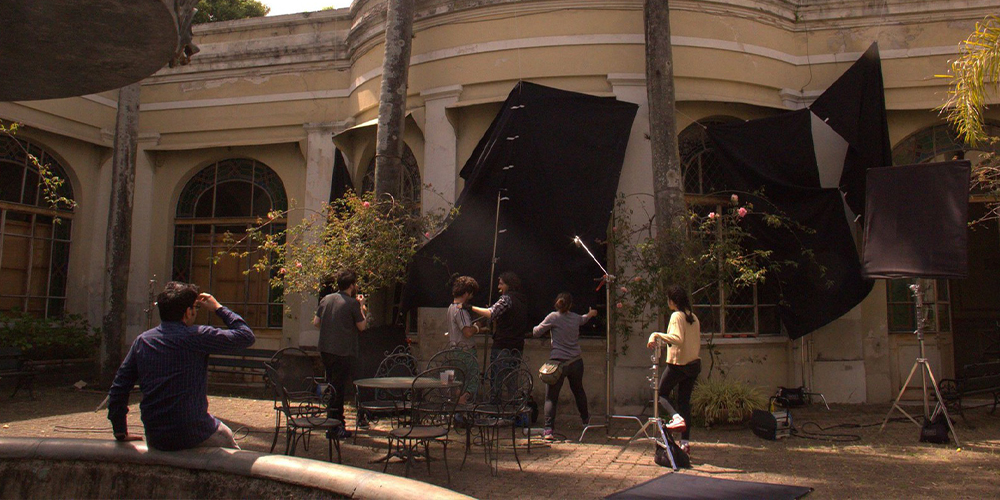
You shot this film on $2000 if I recall correctly? How were you able to achieve such a result, between the lighting, locations, set design, wardrobe, feeding people, gear, crew?
We shot it at an incredible place that used to be the countryside mansion of a wealthy family and now is the National Anthropology Museum. We had other places in mind but this location was perfect and cost-free because it’s municipal. The director of the place allowed us to shoot for four days, five hours each day and we had to adjust our schedule to that and it was enough to tell the story. That reduced feeding and transportation costs. Most of the set design was already there, we only rented a few things. The crew were my classmates and some people who collaborated as volunteers with us. Most of the gear was from school, we only rented the camera and a few other things.
Q: How did you approach casting your characters? Were they known to you? Did you hold big auditions?
A: We made an open audition in school but it wasn’t very successful for me. I contacted some casting agencies and asked for help from friends from the acting world. I’d seen Chiara and Hugo (man next door) acting in other films so I called them. Then for the extras I called my aunt and my little cousin.
Q: What’s the nicest thing anyone has ever said to you about ‘Emma’?
A: I don’t know!
Q: What’s the worst comment you’ve ever received about the film?
A: None!
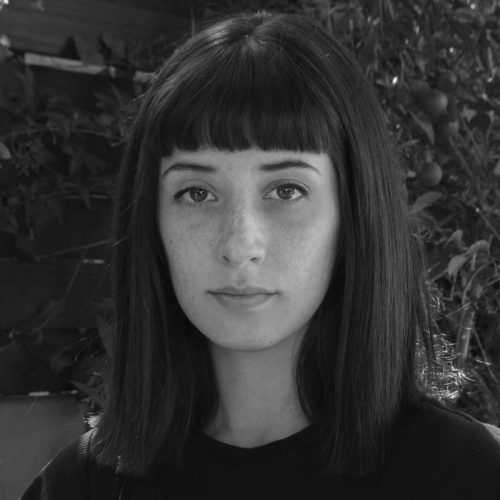
Filmmaker Clara Lezama (b. 1994)
We asked our Instagram followers if they had questions for you. Here are 6 of those questions.
Audience Question from Alex: Who is this film targeting? Who did you make this film for?
A: For me and whoever is interested.
Audience Question from Ethan: What is the arm injury she has supposed to represent? And what happened to her before? Abuse? Accident?
A: It represents something that hurt (her) from the past.
Audience Question from Cassandra: Hey Clara loved Emma. When is your next film coming out and whats it about?
A: I’m glad you liked it! Soon I hope! I’m working on it.
>
Audience Question from Jessica; What’s with all the creepy men?
A: It’s the feeling of being threatened.
Audience Question from Kamelia: Is this film really happening? There’s naturally something surreal happening, a dream, a nightmare, purgatory?
It’s a subjective reality and a high stage of paranoia she needs to confront to get over.
Audience Question from Filipe: Theres a picture on the wall of the bird? You kept showing it, changing under the light. Does this signify time? And how much of your film is about time and waiting if any?
Those birds belong to a silk tapestry that was hanging in the location and I was mesmerized by it. They were facing each other and I felt there was a connection with what was happening. The first idea was to use them for the credits but the editor used them as transitions and I think it came out better. Time is suspended in the film, it passes but not really. She waits for things to change until she realizes she’s the one that must act for that to happen.
NOW STREAMING
8 THINGS WE LEARNED
There’s a lot to learn from Clara’s process behind ‘Emma’, but we did a ton of digging to come up with a few tangible lessons we could offer readers trying to create their own success story with micro-budget short films. Consider them the golden rules to planning your next shoot if money is tight.
LOCATION, LOCATION, LOCATION
One thing everyone says when they watch ‘Emma’ is that while the cinematography and editing are indeed commendable, it’s the location which adds significantly to the production value and story. As Clara mentioned, they were able to source the location for free. Locations like this do occasionally become available. Far too many filmmakers give up before trying and resort to shooting in their apartment or in a field.
As Tom Hardy’s character says in Inception “You mustn’t be afraid to dream a little bigger darling”. Align yourself with a producer and locations manager who can source good deals for you. You might not find the type of location Clara found for ‘Emma’ for free, but you might find something close to it for almost nothing. It happens all the time. Even here in North America.
DIRECTING WELL MEANS CASTING REALLY WELL
If you’re going to be shooting at a break-neck pace, you absolutely need to put some serious emphasis in how well you cast your principal actors. The actors in ‘Emma’ are highly natural. It is difficult to imagine that this film was shot in roughly 20 hours over 4 days given the complex nature of the set design and lighting setups. If time is of the essence, you need actors who are hyper prepared and ready to adapt on the fly when things aren’t working.
WORK WITH TALENTED PEOPLE YOU TRUST & BE HUMBLE
It’s apparent from knowing Clara for the past few years that she’s an incredibly humble artist. She served on our short film jury in 2020 alongside some incredible people because we really value her opinion and judgment. And it’s remarkable how often it is these types of directors who are willing to align themselves with the best collaborators.
Clara’s cinematographer Karen Antunes is currently an editor in Mexico City. Just a few years removed from her graduation, she’s been working on high profile projects including some high end brand content and the Netflix series ‘Selena’. She’s really talented. It was genuinely shocking to learn that Karen had literally never been a cinematographer before shooting ‘Emma’ and had never done it again since.
What would ‘Emma’ be without Clara’s deeply personal script, Antunes’ sharp creative eye, or Chiara Hourcade’s compelling performance? It would be incomplete. Filmmaking is never a one man or woman show. The best directors get over themselves early on and really understand that.
LIMIT YOUR DIALOGUE
This should be a general rule of thumb regardless of budget, but you should especially sincerely consider slashing dialogue to a minimum when time and money are tight. Dialogue is not only one of the hardest things for younger screenwriters to get right, it’s also one of the most difficult things to nail on set. One thing we truly loved about ‘Emma’ was that it felt extremely self-contained and focussed. It was deliberate and well-paced, and each line of dialogue felt absolutely essential.
WORK FAST, BUT NEVER RUSH
There’s a line, and it’s a fine one. A lot of films submissions our festival receives each year could have desperately used another shoot day. Which film couldn’t? But when locations are restricted, and the budget constraints are so severe relative to the overall scope of the project, there’s very little wiggle room to lose twenty minutes, much less an hour. To shoot a fourteen minute film which looks as good as ‘Emma’, with a small crew, in roughly 20 hours is almost unfathomable.
This means plan everything when it’s free. Go through all of your blocking rehearsals. Mimic the locations beforehand. Every crew member needs to be prepped and each actor needs to know their lines forward and backwards before arriving to set.
WORK SHORTER DAYS
This might be controversial to all the 14-hour-day-minimum people out there worried about spiking rental and location costs, but when people are working for low-pay or volunteering, working shorter days can go a very long way to earning some much needed good will. The downside of course is rentals. But since most rental houses offer a significantly discounted rate on weekly rentals, consider this the trade-off for a more productive and happy cast and crew.
If everyone knows that they’re in and out in less than 7 or 8 hours (or in the case of Clara’s shoot, 5 hours), there’s an intense focus with which everyone moves. 14 hour days feel long for all 14 hours. People are slow to set up because they’re trying to pace themselves, and they’re generally counting down the minutes by hour 9. People simply aren’t meant to work 14 hours productively.
WRITE SOMETHING PERSONAL
No. We don’t mean you should write a story about being a struggling screenwriter. But do write from something you can draw on from personal experience. Whether that’s a feeling, a fear, a character, a thought, or an idea. Whatever you’re filming should mean something to you. Far too many people get bogged down into making something that they think is relevant or marketable to others. We sincerely believe that writing a script you care about early in your career will attract better people to your project. It’s absolutely lovely to work with a director who actually cares about their script.
TAKE YOUR SWEET @$# TIME TO GET IT RIGHT
It’s not hard to be short-sighted—it’s almost a default setting in the film industry. Once a project is announced, there’s a ton of momentum to get it done. Any filmmaker who has seen the full process behind making a really great film would tell you that there’s a million mini-steps, re-steps, do-overs, and problems that need to be solved. Clara wrote ‘Emma’ in 2013, shot it in 2015, released it in 2016, made her North American Premiere in late 2017, and had the film released to the world in 2021.
Films can have a really long story. Once released, they can go on to have a life of their own, potentially generating cashflow via VOD, or racking up millions of views on streaming platforms. It’s not uncommon that a film made in 2012 nets someone a job in 2021. It happens all the time. So take your time. Take as long as you need to make the best possible film you can.
Then let it go.
#tips #filmindustry #filmfestival #movies #filmfestival
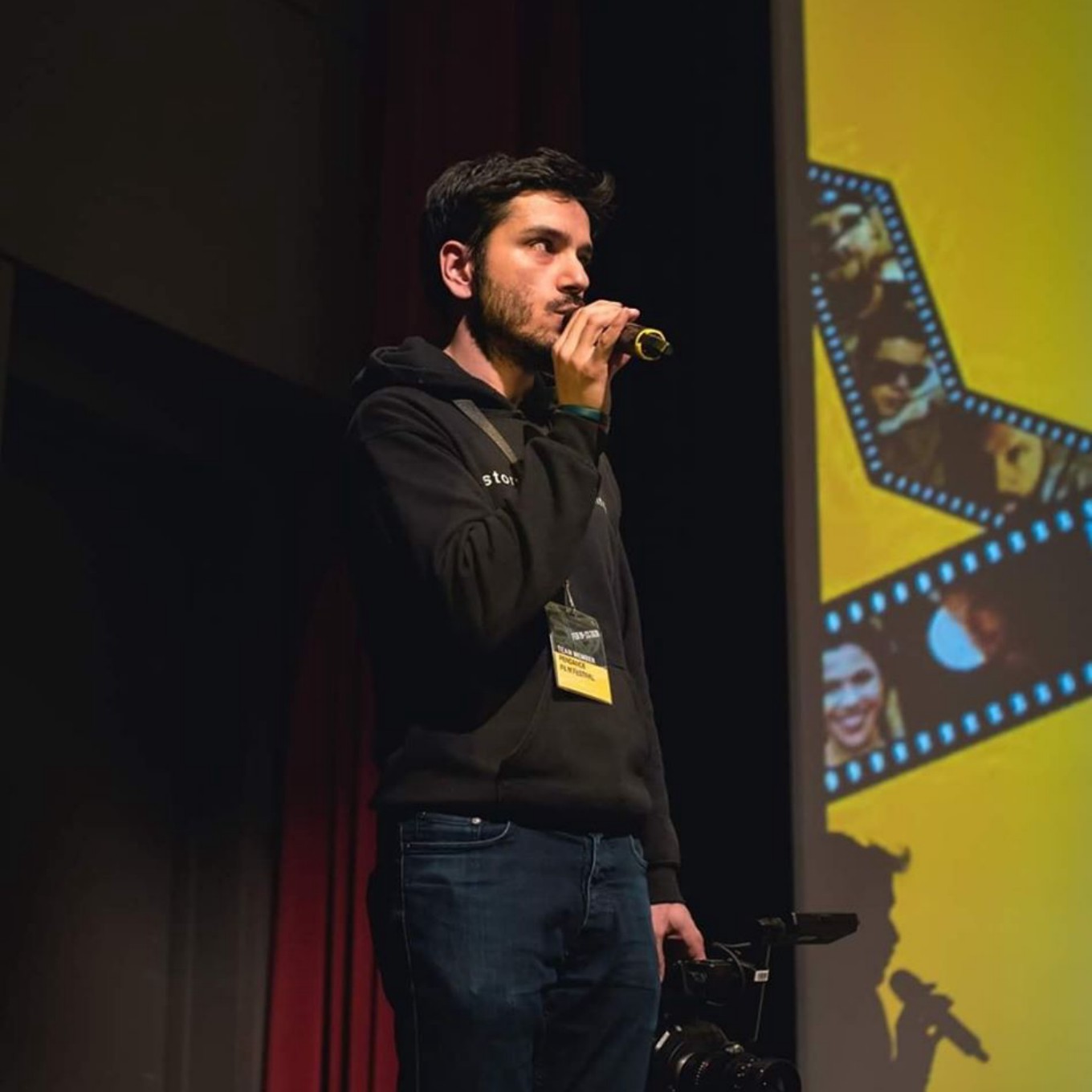 Robert Misovic is a Serbian-Canadian writer and director, the founder of the Pensare Films Studio in Toronto, and the festival director for the Pendance Film Festival. If you’d like to keep up with Rob on social media, you can find him on instagram @pensare.films or reach him directly at robert.misovic@pensarefilms.com
Robert Misovic is a Serbian-Canadian writer and director, the founder of the Pensare Films Studio in Toronto, and the festival director for the Pendance Film Festival. If you’d like to keep up with Rob on social media, you can find him on instagram @pensare.films or reach him directly at robert.misovic@pensarefilms.com
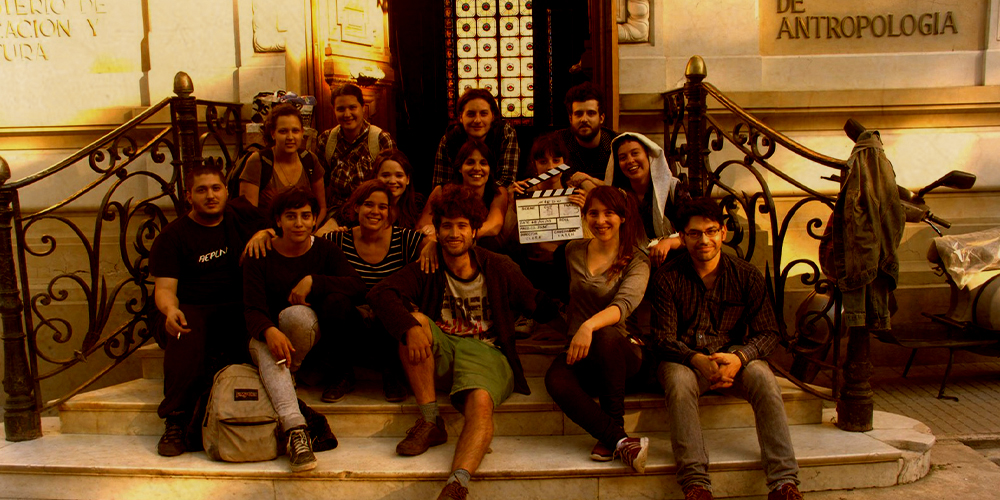
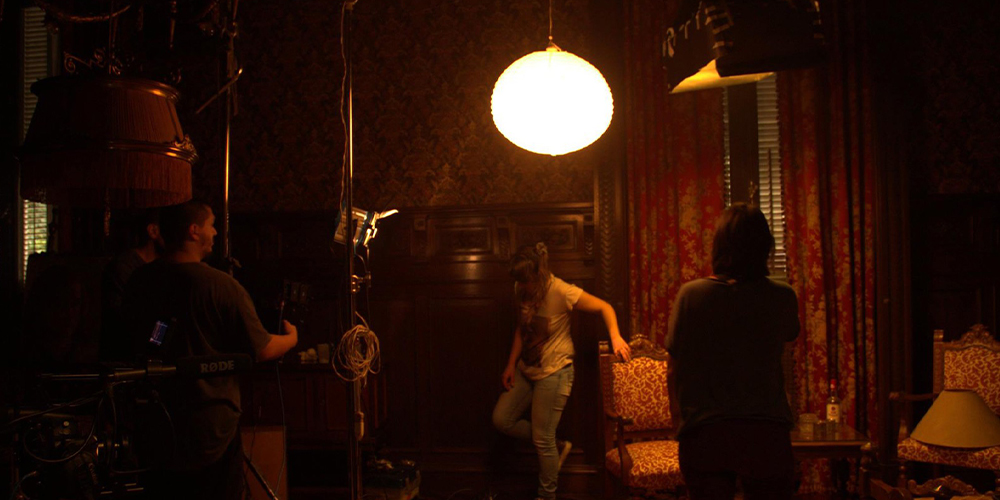

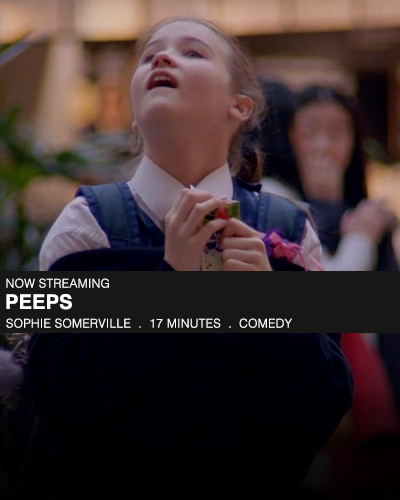
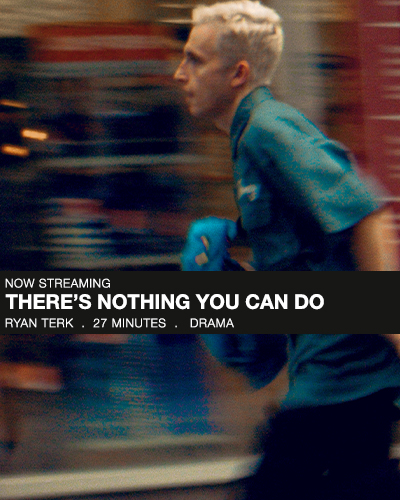
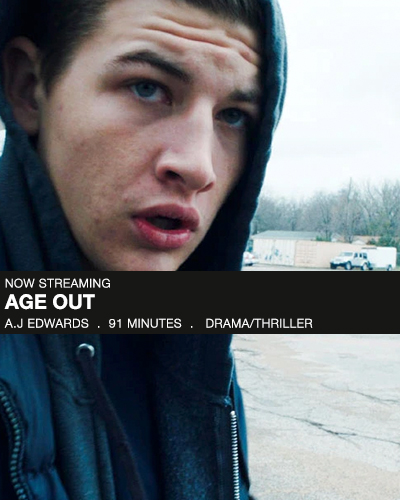
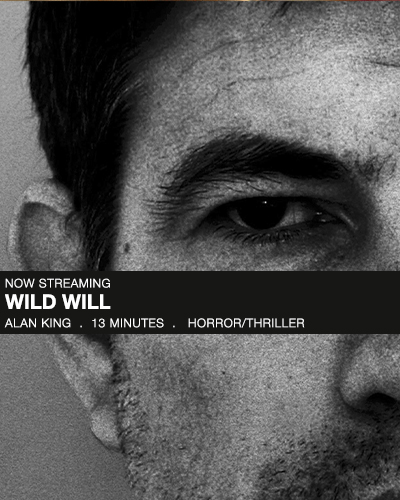
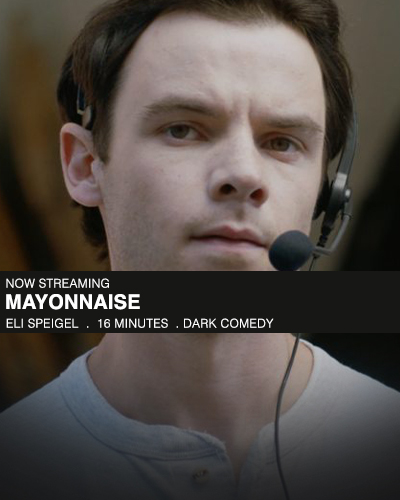
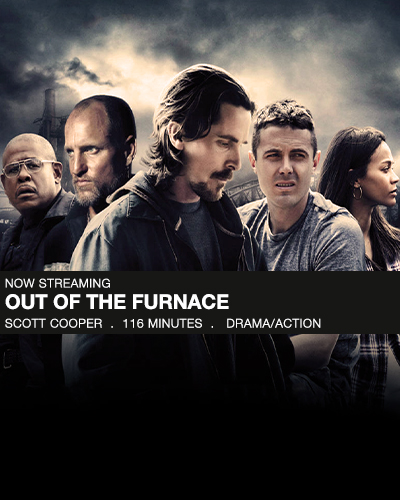
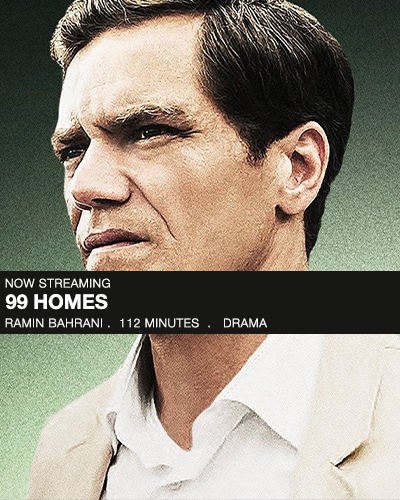
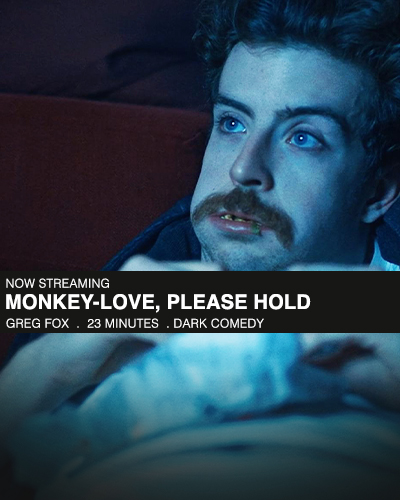
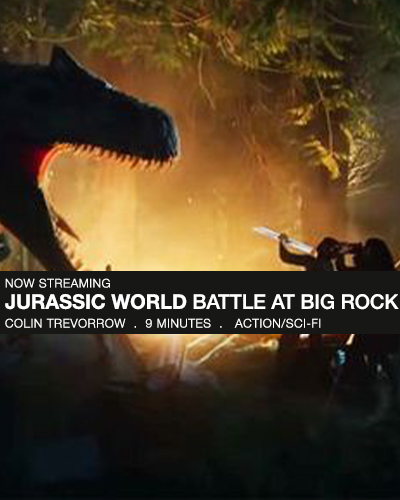
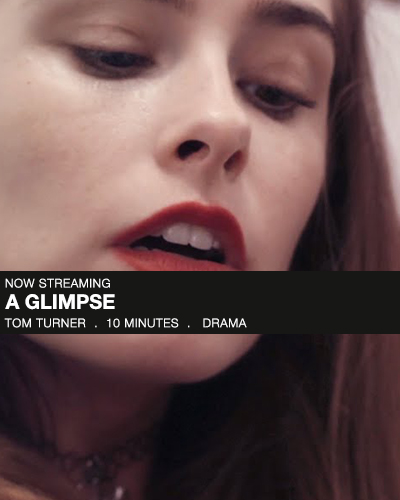
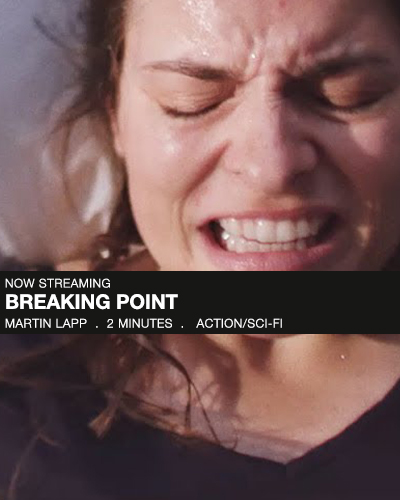
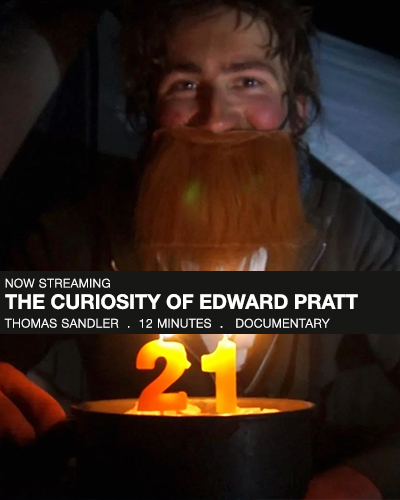
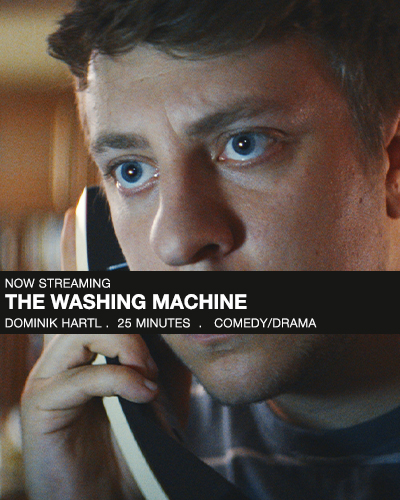
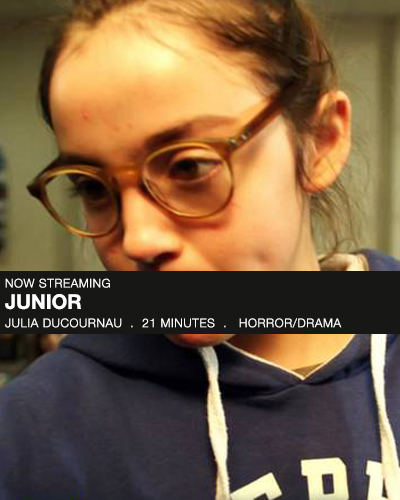
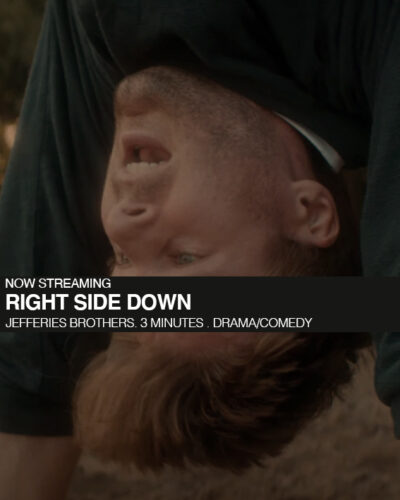
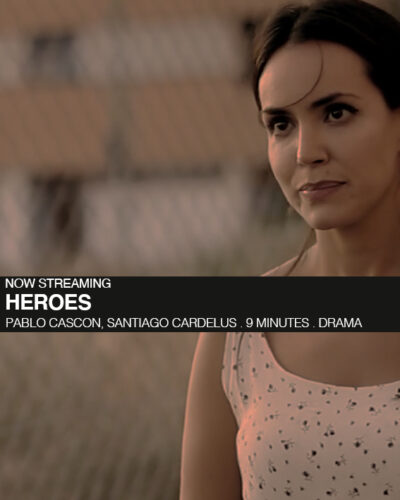
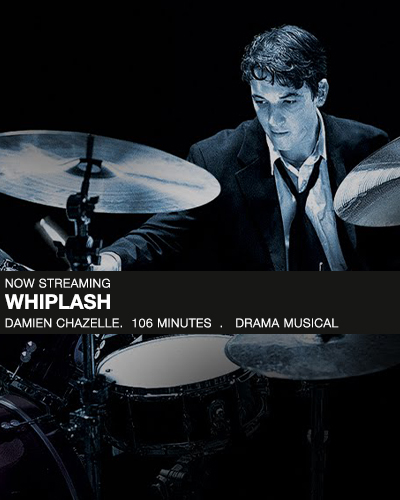

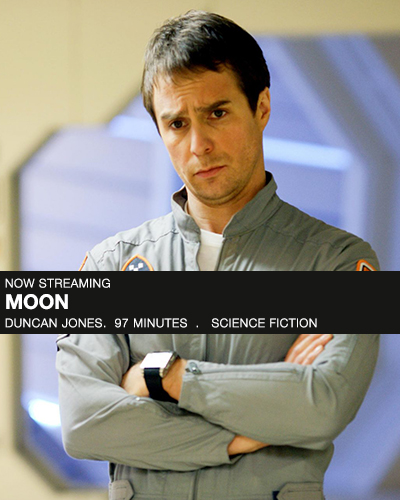
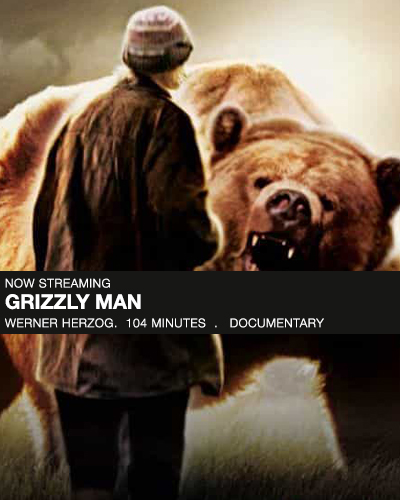
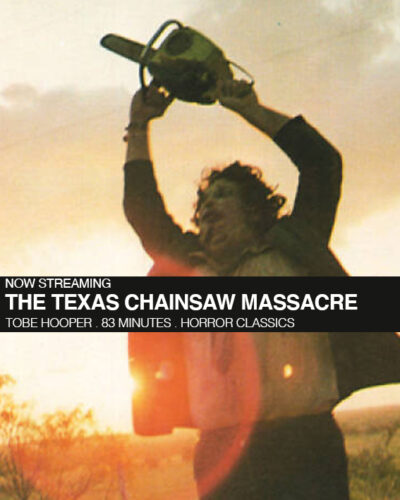
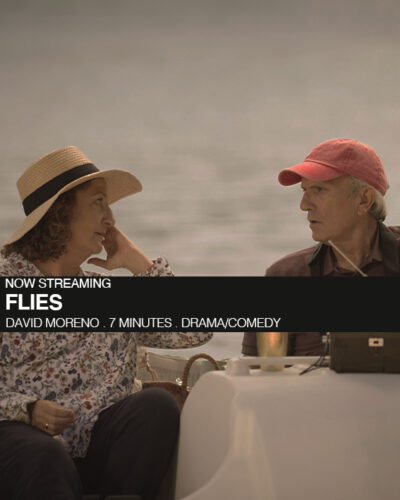
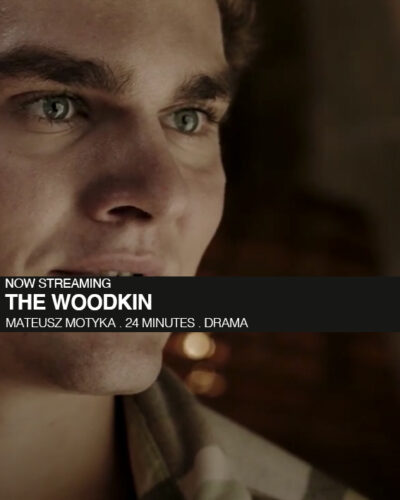
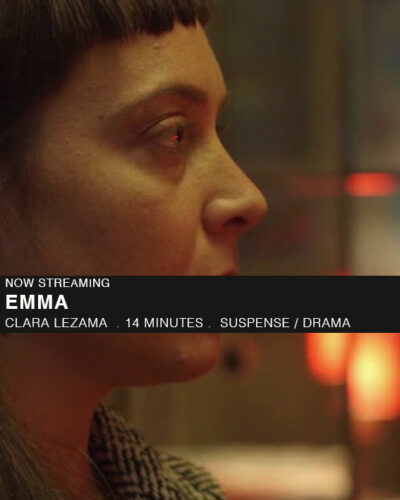
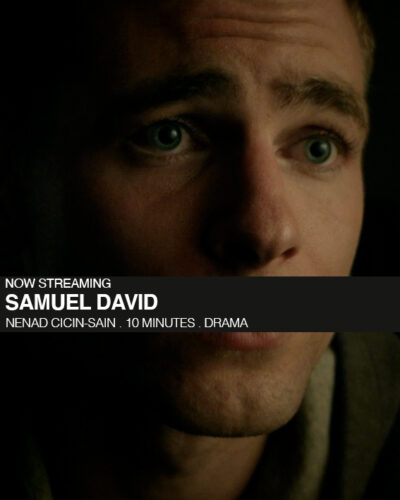
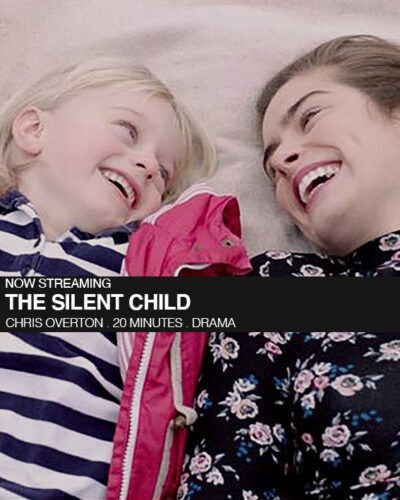
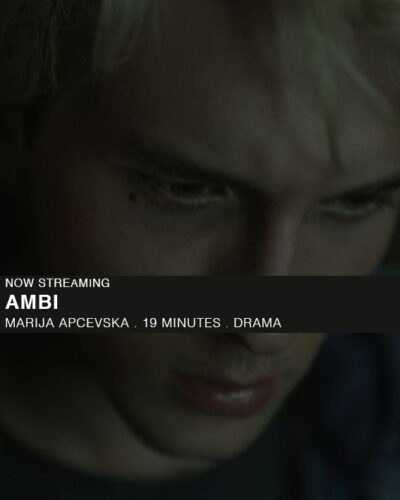
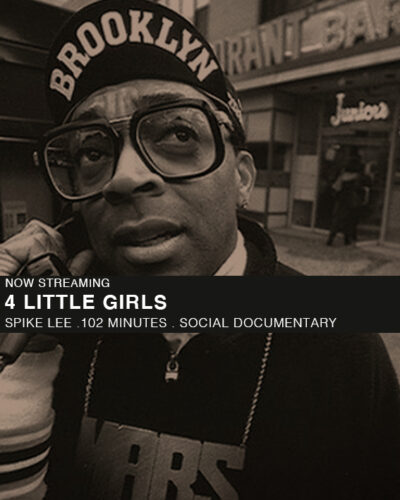
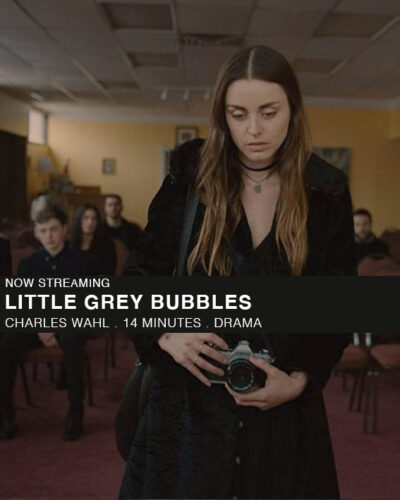
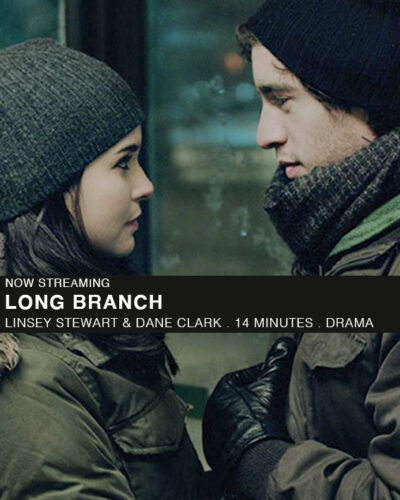
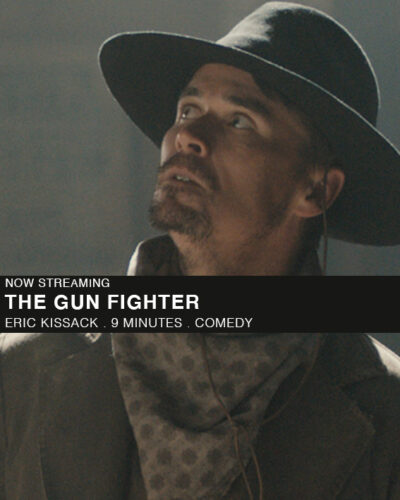
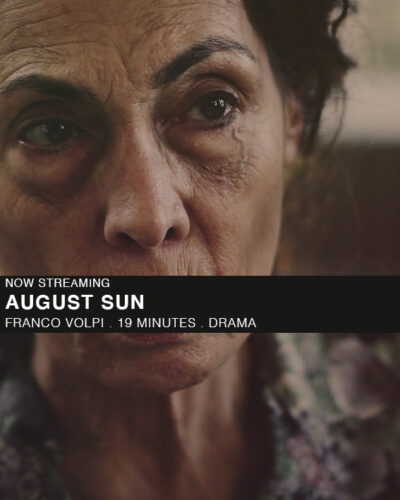
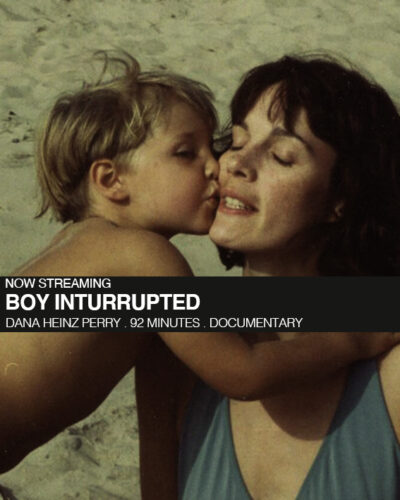
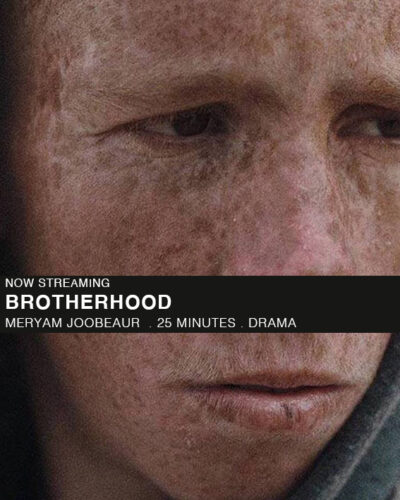
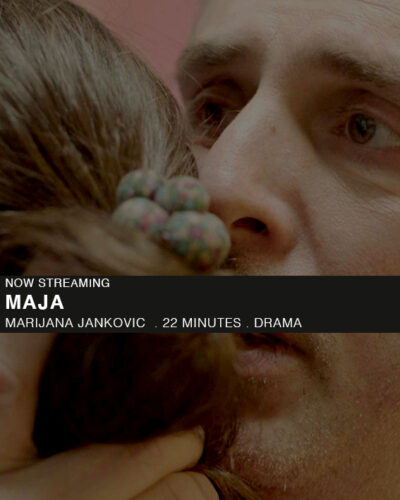
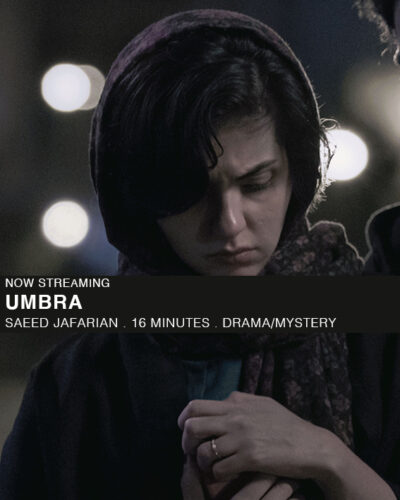
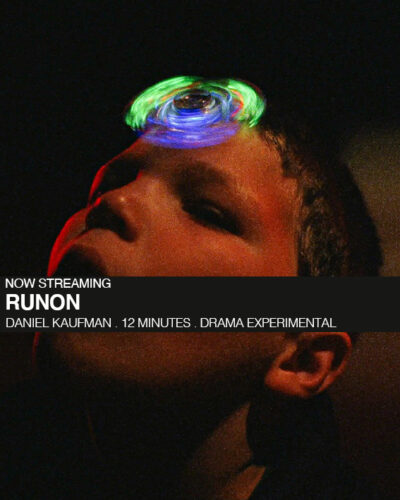

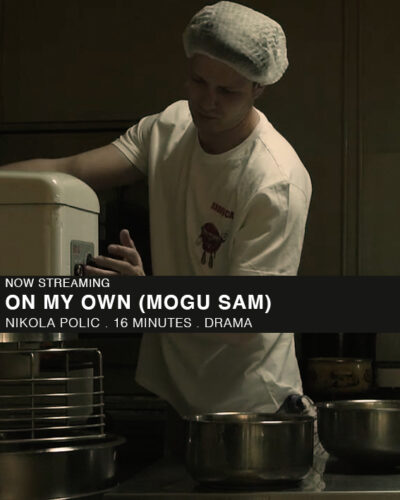
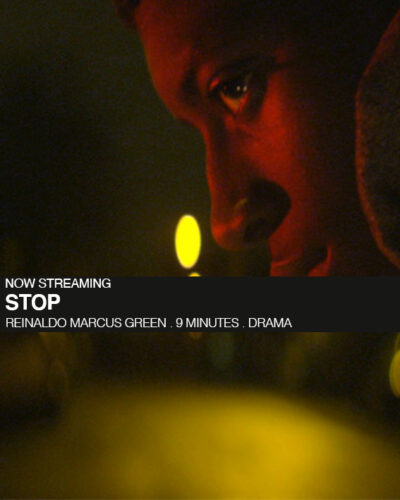
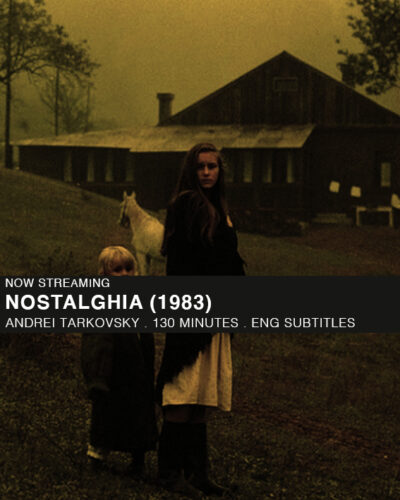
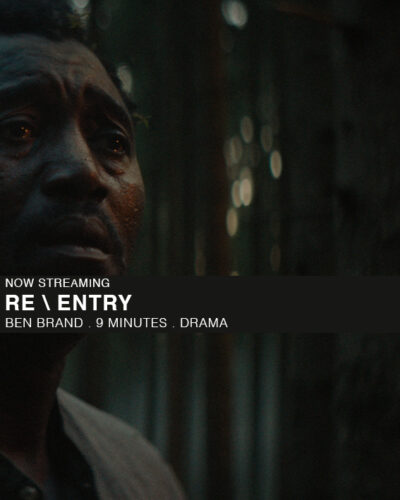
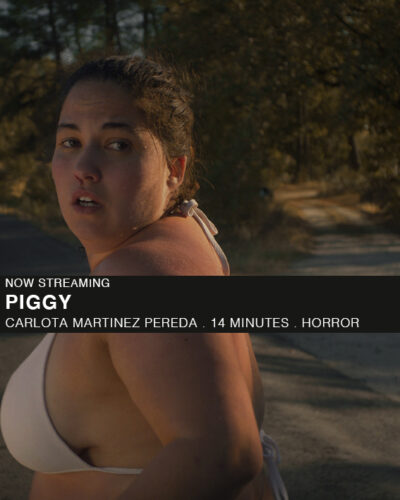
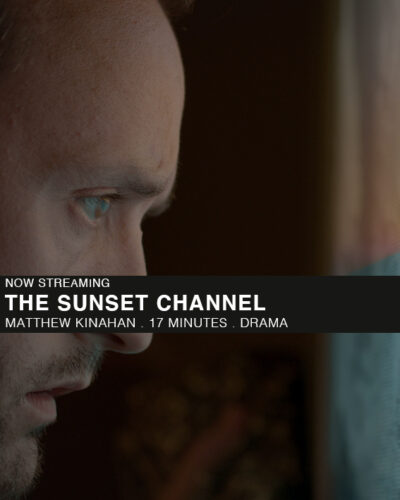
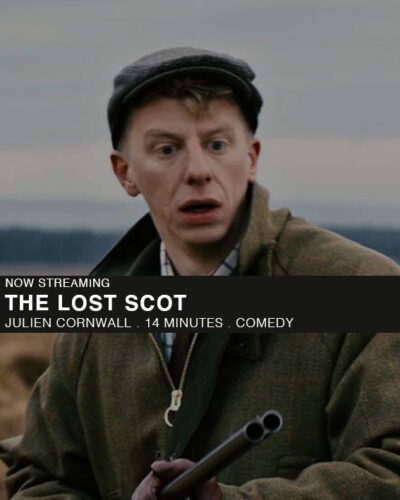
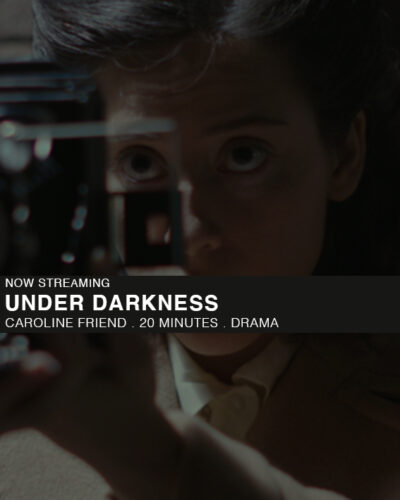
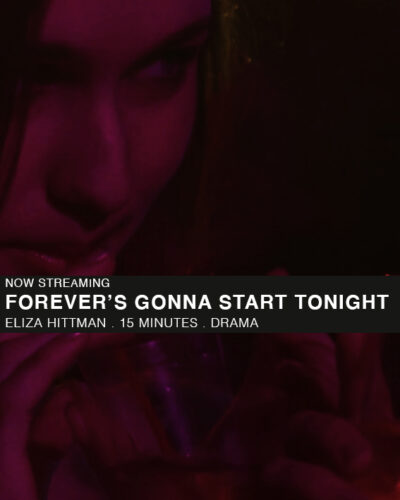
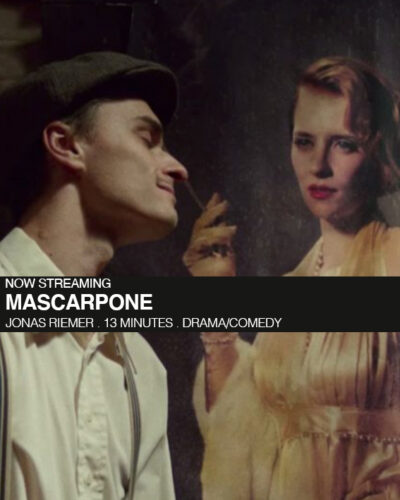
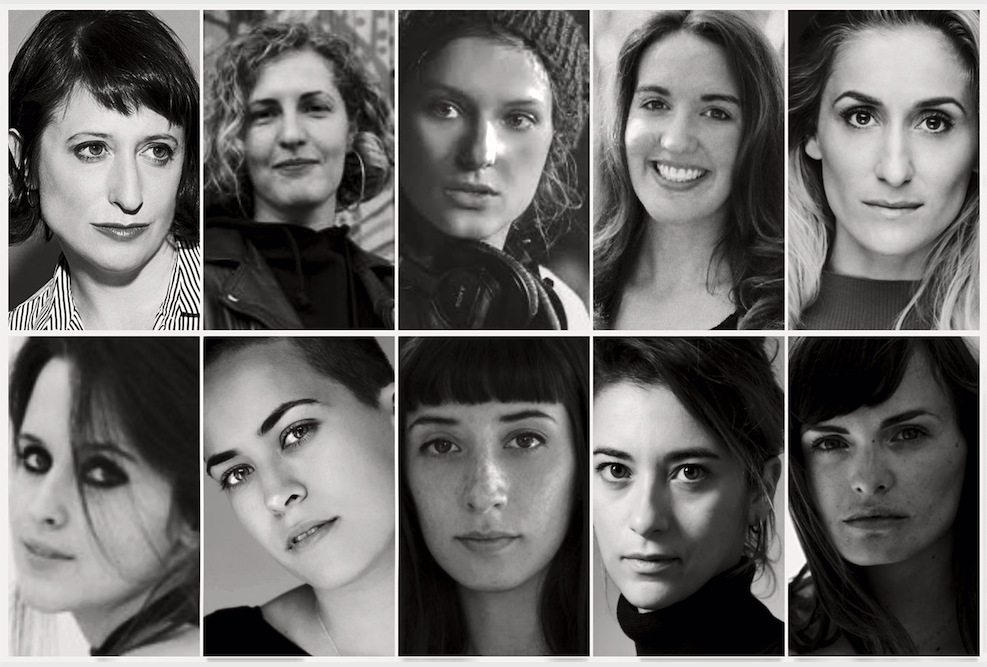





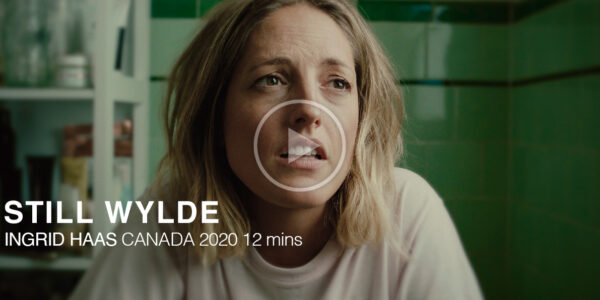
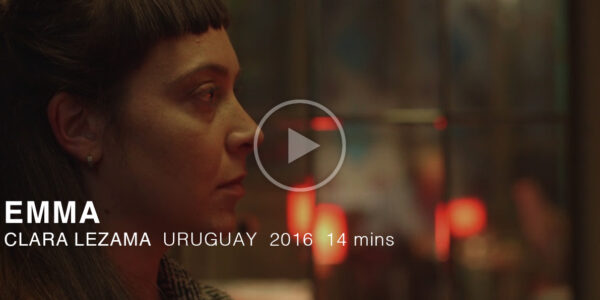
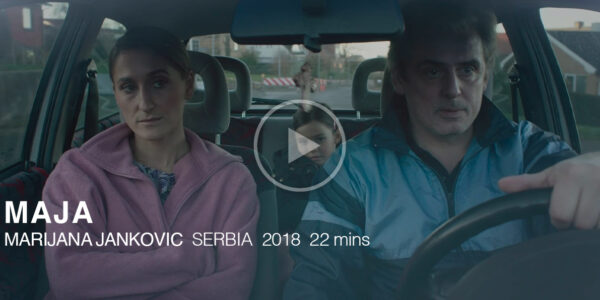
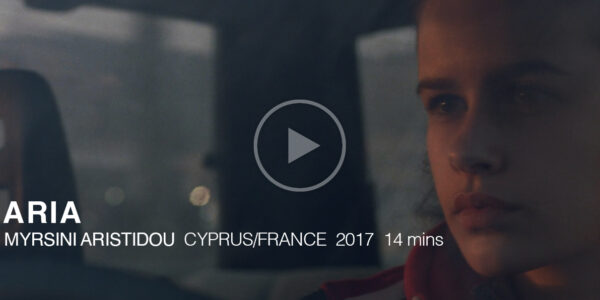
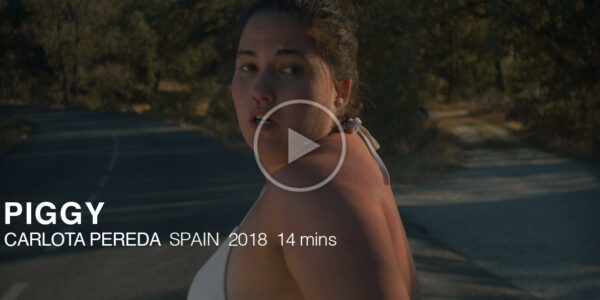
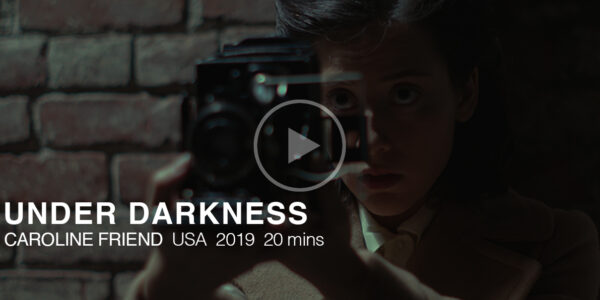
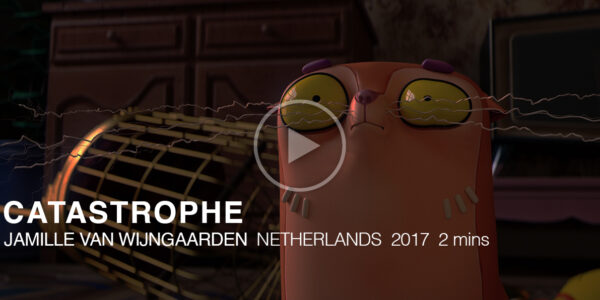
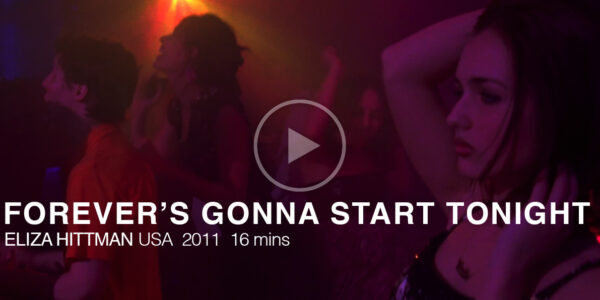
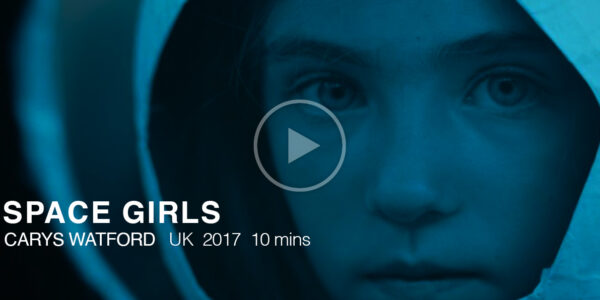
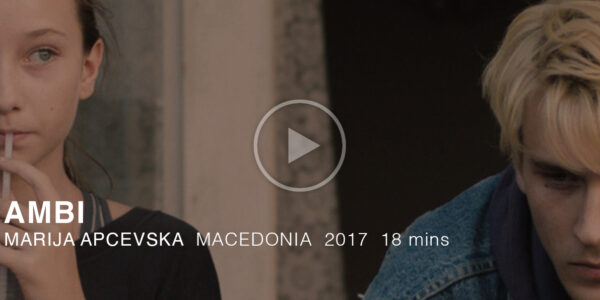
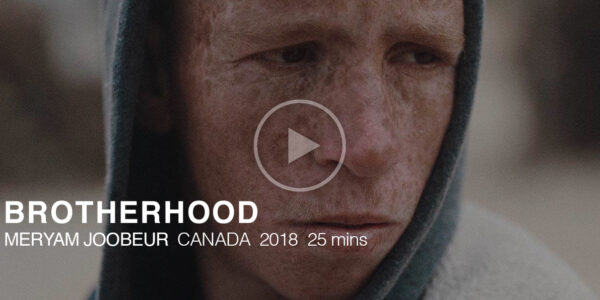





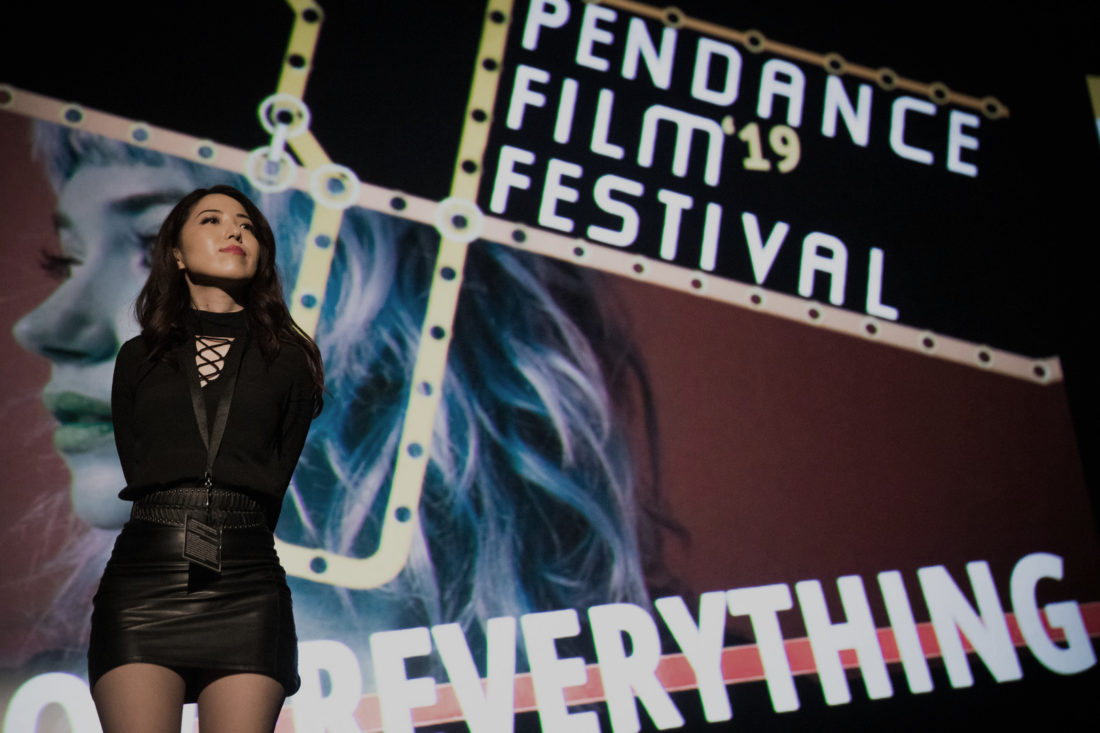
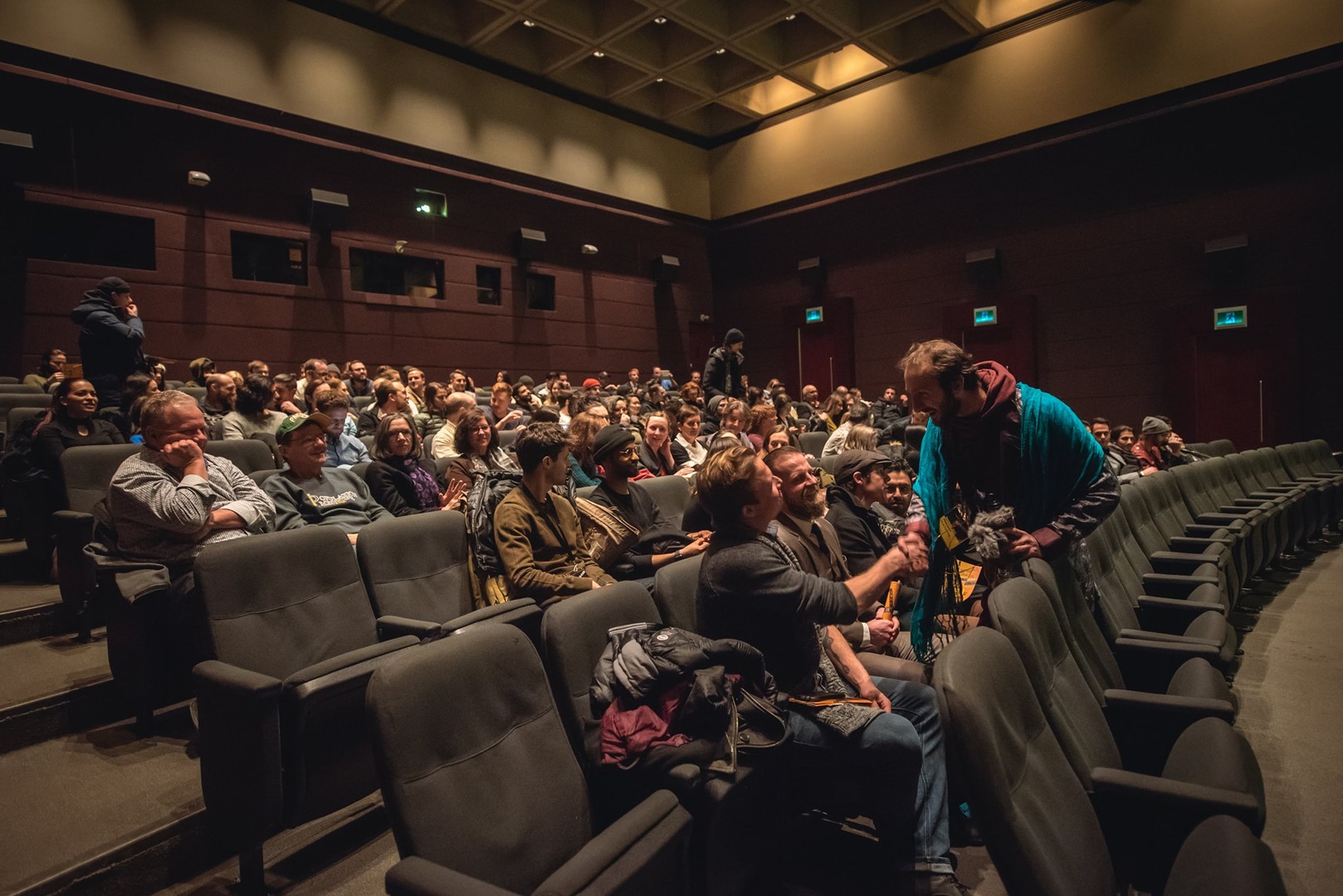 How you Watch
How you Watch